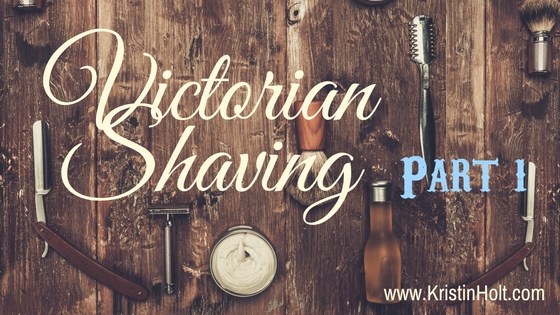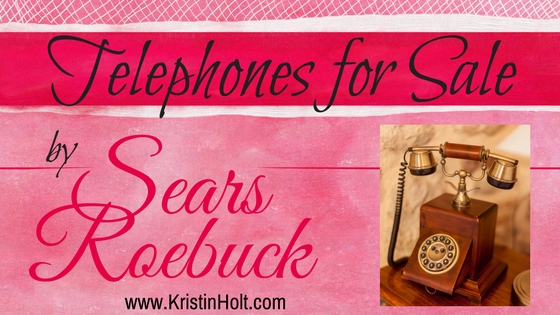
by Kristin Holt | Feb 17, 2018 | Articles
Cake tins are often mentioned in Victorian-era Cook Books (as spelled in nineteenth century publications). This post provides historic images of this era’s baking pans from both newspaper advertisements and catalog ads (such as Sears and Montgomery Ward’s catalogs).
Many of the shapes and sizes are familiar to today’s baker’s options, and several have disappeared in the intervening years. My greatest surprise is the SIZE of Victorian cake pans. Compare to today’s, and see what I mean!

by Kristin Holt | Mar 2, 2017 | Articles
In the 19th century American West, Gingham was more than checked fabric made of cotton–it was also striped. Any woven cotton cloth made of pre-dyed alternating threads (plaid, striped, or checked) was called gingham. Why would pioneers (or frontiersman, or Old West women) select gingham? What made this fabric practical? Why would we name an anthology with Gingham in the title?

by Kristin Holt | Nov 19, 2016 | Articles
Were earrings popular and common within the nineteenth century? Or did they come into vogue (and acceptance) post 1900?
This article references period newspapers, catalogs, and vintage photographs. Also discloses an element of cover art for (Gus’s Story) The Marshal’s Surrender.

by Kristin Holt | Sep 26, 2016 | Articles
Old West (and simply Victorian-American) Barber Shops offered shaves as well as haircut services. This article focuses on straight-blade razors of the era, how a barber shaved his patrons with a straight blade, and how to strop (sharpen) a straight-blade razor. This article is part of a many-part blog series about Victorian-era Barber Shops and Ladies Hair Salons.

by Kristin Holt | Sep 1, 2016 | Articles
Along with just about anything a late 19th century household could desire to obtain, Sears, Roebuck & Co. offered telephones for sale. Sears offered the newest telephone technology…until the turn of the century. The 1902 catalog is devoid of telephones. Any idea why?













